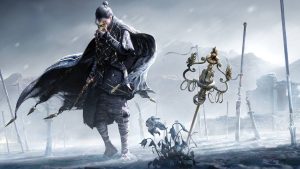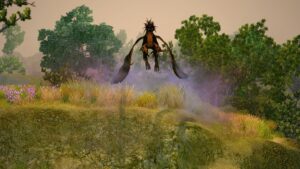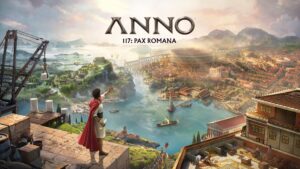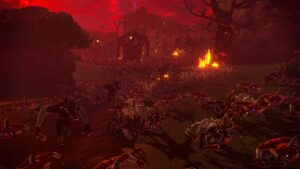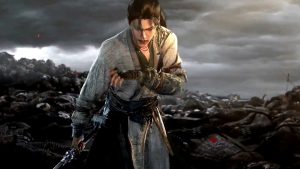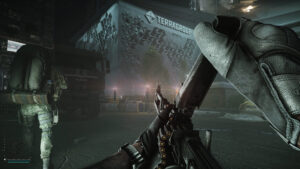
Nintendo home consoles and third parties have, at the best of times, a somewhat troubled relationship. Nintendo’s entire history as a platform holder is marked by their sometimes antagonistic relationship with third party developers and publishers – a sentiment that, to be fair, has often gone both ways. Following the state of third party support on a Nintendo home console is always an exercise in unpredictability – normal rules often don’t seem to apply. Having a more powerful system isn’t enough to bring third parties on board, having a high selling system isn’t enough to bring third parties on board, and with each passing generation, it can feel like Nintendo’s platforms are simply not part of the broader AAA third party development ecosystem.
The state of Nintendo’s third party support for home consoles came to a nadir with the Wii U – a console that, ironically enough, was actually revealed on the back of the promise of more third party titles of the sort that Nintendo consoles had been missing out, while Xbox and PlayStation players feasted on them. However, the Wii U’s hostile and dated architecture, combined with its tepid sales, meant that most third parties were unwilling to commit to it, and that those that did got burned, and that those that did frequently did so with efforts that seemed subpar compared to what you would get literally anywhere else.
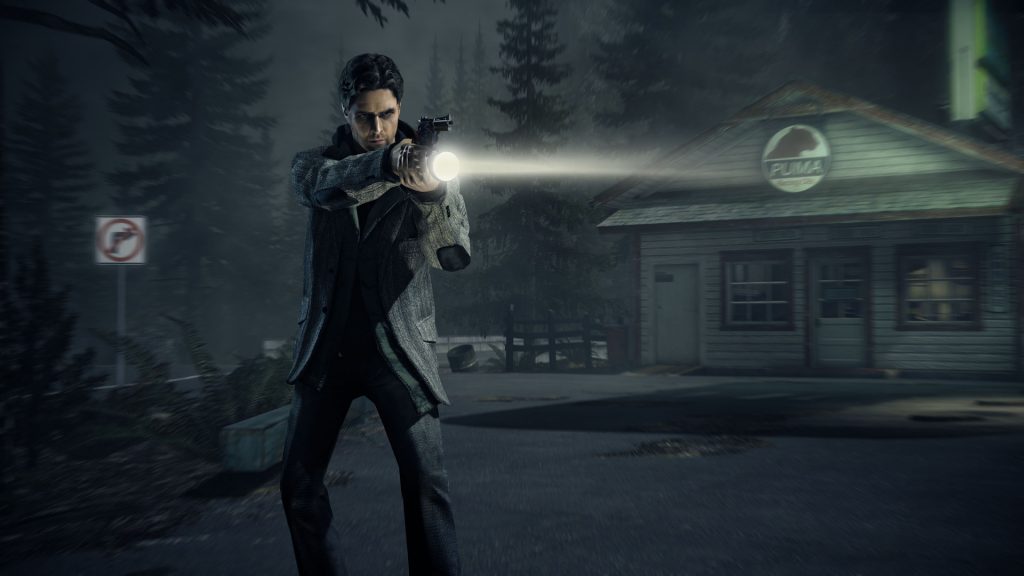
The Wii U is probably a culmination of all the reasons that Nintendo home consoles have done so poorly with third parties ever since PlayStation came on to the scene, and the Nintendo 64 failed to transition the NES and SNES’ third party dominance to Nintendo’s third console. From poor hardware to poor services, from a unique controller to a challenging development environment, from institutional issues (such as Nintendo not being able, or willing, to communicate with third parties to ensure they could get the most out of the system) to a lack of support by most major industry standard development environments and engines, from poor sales to poor branding and public perception, from poor storage capabilities to weaknesses in the digital sphere, every single issue that has variously kept third parties off of previous Nintendo home consoles combined in an unpleasant confluence that made the system positively toxic for third parties.
By the time the Wii U was done, Nintendo was a non-entity in the broader home console market, and it looked like recovery from this stage would be difficult, if not impossible. After all, previously, a platform holder had found themselves in a similar position (Sega, with the Saturn), and in spite of them doing almost everything right with the Dreamcast, they had been unable to change their ultimate fate. Nintendo’s core strength has always been their first party games – but even they would be unable to survive another home console that was as orphaned by third parties as the Wii U had been.
Which is what makes the Switch so much more remarkable. I don’t necessarily mean in terms of its sales (it is en route to becoming the highest selling system of all time) or branding (which is probably Nintendo’s best work in that arena yet), though those are of course impressive as well. But specifically pertaining to this topic, the Switch’s extremely strong showing with third parties is incredibly impressive, not just because at this point, the Switch has become by far the best third party supported system in Nintendo history, but because it came on the heels of the Wii U.

The Wii U seems to have been a wake up call for Nintendo, who seem to have understood what went wrong with that system, because there was a concerted effort to address those issues this time around. While the Switch is obviously inferior in terms of raw specs and hardware power to the PS4 and Xbox One (which were its contemporaries for the bulk of its life), it was made with at the time an extremely modern chipset, one which supported sophisticated techniques and functionality that made it possible for industry standard engines and development environments to run on it without issue. However, this was not enough for Nintendo – in the past, they have often built up something capable, and then expected third parties to come to it themselves, of their own initiative. Nintendo finally understood that that is not how things work in the industry now, that platform holders need to take the initiative to involve third parties in the process of a system’s creation from early on, and that they need to make sure that supporting a new platform is as painless and easy for third parties as possible.
So rather than waiting for third parties to port their own stuff to hardware capable of running it of their own volition, Nintendo, for the first time ever, made outreach attempts and a concerted effort to get third parties on board with their new system. This not only included getting symbolic third party games and developers on board (scoring Skyrim and Bethesda support for the Switch early on was Nintendo’s way of showing the public that they were looking at getting all sorts of third party games, including ones that had traditionally stayed away from Nintendo platforms, on board this time), but also, for example, working with Epic and Unity to make sure their industry standard engines (Unreal and Unity respectively) would work on the Switch (Nintendo would continue with these efforts well after the Switch launched, such as going out of their way to make sure Game Maker supported Switch, to ensure that an entire class of indie games would be able to make their way to the system).
Nintendo also understood that their own traditional development environment and documentation was simply not up to par with industry expectations at this point in time, and they turned to someone else for help – in this case, Nvidia, who was also supplying the SoC for the Switch, got to design the entire development environment and kit for the Switch, which was built to be an extension of Nvidia dev tools already used in PC development (in turn making development for Switch easy for most third parties). They made the controller standard and simple, with any additional functionality being additive rather than replacing the core functionality third party games were designed around. They partnered with an external mobile communications company to design their online network for them and make it… well, not good, but apparently it is functional enough for third parties to not be deterred by it, if nothing else.
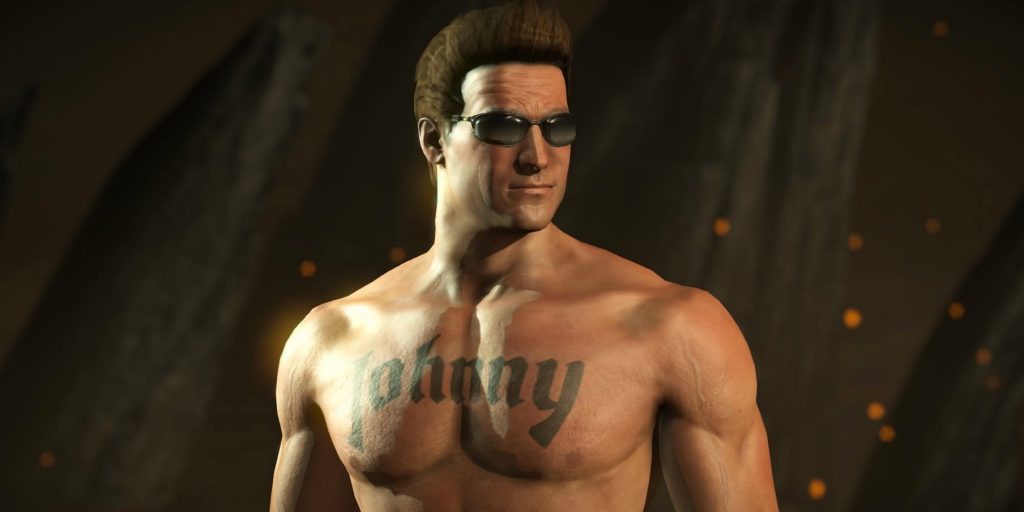
Understanding that third parties would stick around on a system where they found an audience, Nintendo realized they needed to make sure that Switch owners were actually buying games beyond just Nintendo ones – a problem that had lost almost every Nintendo home console previously the bulk of their third party support in the long run. And so, yet again taking cues from the rest of the industry, Nintendo started co-marketing third party games hitting the Switch, pushing them relentlessly to the Switch audience via all channels available to them, often giving them the prime spot on the eShop home page, in their Nintendo Direct shows, on their social media, and beyond. Beyond traditional third party deals (which can involve a reduction in royalties, or game manufacturing costs, or just taking on marketing and publishing duties), Nintendo went out of their way to market third party games of all ilk as premier titles for the system’s library, equivalent in prestige and stature to Nintendo’s own. Whether they were indie or AAA, Japanese or western, Nintendo’s marketing push for games (such as Hollow Knight) early on caused those titles to become early success stories on the platform, creating a cascading effect of Switch owners being more willing to look at games on the system beyond Nintendo’s own.
But arguably Nintendo’s greatest success with the Switch was their dogged, persistent outreach. This part is important – but the Switch actually inherited third party support from previous Nintendo consoles (whatever was left of it by that point), and more importantly, from Nintendo’s handhelds. Nintendo handhelds have always had great third party support, and that kind of third party support for the Switch was more or less guaranteed. But Nintendo also finally understood the importance of optics. It wasn’t enough for the Switch to just get more handheld Japanese games, dungeon crawlers, or visual novels like Nintendo handhelds typically do, it had to get the same kinds of games that the other home consoles were. Maybe not all of them, but enough of them that it could stake a claim to being in the conversation. And that’s where Nintendo focused their efforts.
From ensuring Square Enix (the traditional “kingmaker” out of Japanese third parties) was on board, and had a major project ready to show for the Switch from the beginning, to getting third parties such as Blizzard and Bethesda, who hadn’t been on Nintendo platforms in decades (if ever) on board, and marketing the hell out of their games to ensure they were visible and did well, Nintendo went out of their way to score as many symbolic wins as possible for the Switch. The Elder Scrolls? It came to Switch. Diablo? Yup. The Witcher? Somehow, yes. Dark Souls? Mortal Kombat? Yeah. Mainstream third party hits like Minecraft, Fortnite, and Rocket League? Yup, yes, and yeah. Grand Theft Auto? Somehow, yes, even that IP finally made its Nintendo home console debut. Even Final Fantasy 7, the game that probably single handedly symbolizes Nintendo’s fall from grace in the industry, made its way to the Switch. And damn it, but they went out of their way and kept at into ensure that IPs such as Nier and Persona, which have huge Nintendo adjacent audiences, but have never come to Nintendo platforms in the past (and in fact have maintained strong PlayStation associations if not exclusivity) would finally come over to the system as well.
Once the early groundwork was done, support for the Switch exploded, from all directions. Indie support on the Switch is obviously legendary, and at this point, pretty much every major indie game tries to make a beeline for the Switch – often even when the Switch may not be fully capable of running said games (I am still curious to see how Outer Wilds or No Man’s Sky will be wrangled to run on the platform). It took Japanese third parties a few years to come around, but with some exceptions (such as certain studios in Sega, and Bandai Namco as a whole), they seem to be fully on board with the platform, getting their games up on the Switch as long as it is capable of running them (and in those cases it is not, often making unique games for it, like Capcom with Monster Hunter Rise).
AAA western third party support is obviously not quite on the same level as those other categories, but it’s still pretty impressive in its own right, considering the Switch being a fairly weak machine, and western third parties staying the hell way from Nintendo in the past. It’s even getting support in genres and from quarters that are traditionally not associated with any console, let alone a Nintendo one – PC-centric simulation and strategy games, and more, also being available on the Switch in abundance.
The amazing thing is the Switch did all of this while still holding on to the type of third party support Nintendo handhelds and previous home consoles. It still got, for example, Shin Megami Tensei V and The Great Ace Attorney. The console and PC-adjacent third party stuff it got didn’t replace the stuff Nintendo fans already liked and bought their systems for, it just came on top of all of that.
Today, the Nintendo Switch is a console with a remarkable library – this is a system, a single system, where you can play Zelda, Mario, Smash, Pokemon, Animal Crossing, Final Fantasy, Splatoon, Dark Souls, Monster Hunter, The Elder Scrolls, Diablo, Overwatch, Crash Bandicoot, Spyro, Fortnite, Rocket League, Mega Man, Nier, Persona, Grand Theft Auto, Sonic, Pac-Man, Borderlands, FIFA, NBA, Mortal Kombat, Tales, Wolfenstein, Saint’s Row, Life is Strange, Alan Wake, Portal, Tony Hawk, Ni no Kuni, Disgaea, Danganronpa, No More Heroes, Star Wars, Sniper Elite, Grid, Harry Potter, Ninja Gaiden, Dynasty Warriors… you know what, this list can keep going, but I think the point is clear. At this point, there is an absurd abundance of third party support on the Switch. While it is obviously never going to get every game, owing to its limited hardware, it’s still remarkable just how much it ended up getting. By the time the Switch is done, it will be a system where you can bounce between Skyrim, Persona 5, Breath of the Wild, Monster Hunter Rise, and Grand Theft Auto, all on the same system.
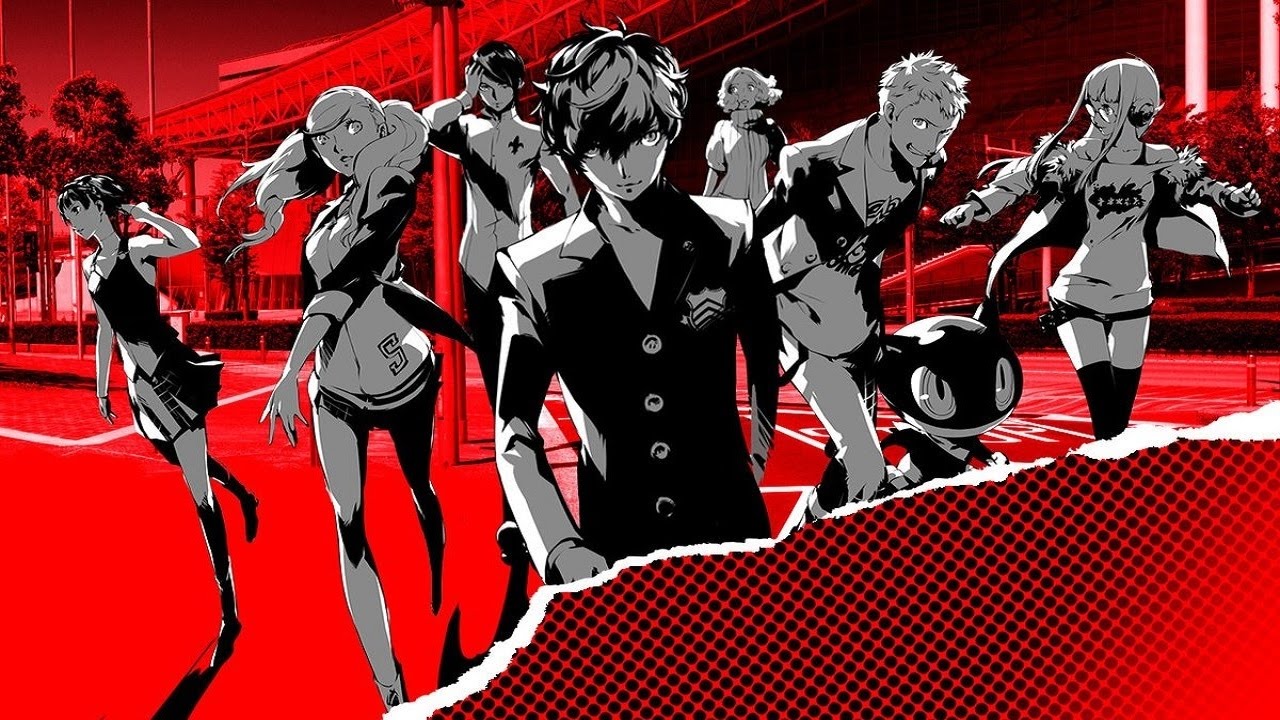
The bridges that were burned with third parties way back in the Nintendo 64 era have been repaired. While EA and Namco may continue to try their best to sour the party, at this point, the Switch’s position with third parties is secured. The ball is now in Nintendo’s court to ensure that they can transition this momentum to their next system too – historically, transitioning their achievements from one system to its successor is where Nintendo has struggled the most, so how they handle the transition to the Switch successor will be an interesting trajectory to follow.
Note: The views expressed in this article are those of the author and do not necessarily represent the views of, and should not be attributed to, GamingBolt as an organization.









